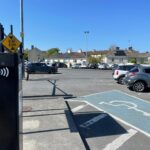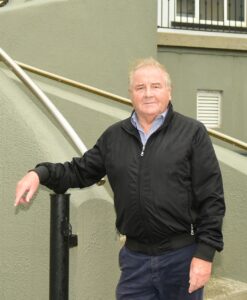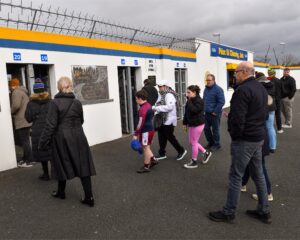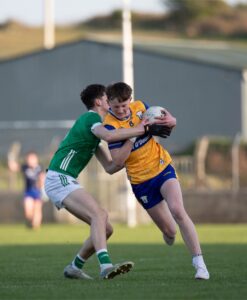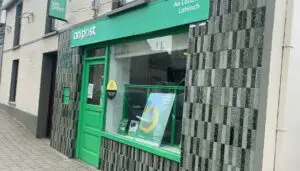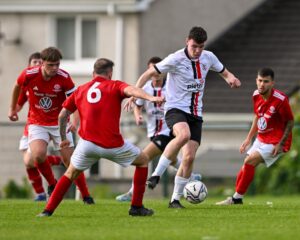Clare communities have been insulted by the “bare minimum of transparency” with surrounds planning applications for telecommunications infrastructure.
Creation of a specific ‘Section 254’ License application form for telecommunication infrastructure which would notify the public and elected members of their plans and publish the notice in publicly accessible locations and in a Clare newspaper was the appeal of a joint motion put forward by county councillors.
The proposal was tabled by Cllr Cillian Murphy (FF), Cllr Ian Lynch (IND), Cllr Mary Howard (FG), Cllr Gerry Flynn (IND) and Cllr Pat O’Gorman (FF).
Presently, three different Section 254 Licence application forms are available from the planning authority. Director of Service with Clare County Council’s Economic Directorate explained, “these forms cover Advertising and Directional Signage, Street Furniture and other forms of apparatus and structures requiring a Section 254 Licence”.
For the existing form covering telecommunication infrastructure, Conneally stated that it “is considered to be sufficient and there are no plans to amend same”. He said that there was no requirement to notify the public of the applications under the Planning and Development Act 2000. Elected members are not informed at present of received applications but the Director outlined that he has requested that this be amended.
Speaking at a recent meeting of Clare County Council, Cllr Murphy expressed his disappointment with the reply. “This was a relatively small but I feel, a very important, request, as it goes to the heart of transparency around developments that have a significant effect on the public and their perception as to how the local authority deals with planning for the public good”.
Murphy disputed the comment that the application form was sufficient and labelled it as “not remotely fit for purpose”. He added, “frankly, I think that’s an embarrassment and insulting to the communities we serve not to give them the bare minimum level of transparency so they known when something of this scale is being developed in their areas”.
Existing protocols are insufficient, Cllr Lynch maintained. Specifics on how the information circulated to the public can be improved should be explored, Cllr Flynn believed. “Telecommunications infrastructure can be quite ugly and quite large, the public have a right to transparency, adequate transparency for public doesn’t exist especially when Sean and Mary Citizen have to go through a rigorous process to build a tigeann”.
Cllr O’Gorman echoed the sentiments raised, “The more information people have out at the outset, the easier it is when planning is granted”. The motion refers to public lands, Cllr Clare Colleran Molloy (FF) flagged with a distinction between that and developments on privately owned lands. An economic and environmental health process must be followed, Cllr Johnny Flynn (FG) observed.
Conneally defended the Irish planning system as “one of the most transparent systems today”. The issue has been raised with relevant Departments, he confirmed. “It is not just an issue for Clare, it is an issue countywide”.
Use of Section 254 licences “in my own view is a scurrilous abuse by multi billion euro businesses of a piece of planning legislation designed to give coffee shops a permit to put a sign outside on the footpath,” Cllr Murphy responded. Big telecommunication companies are exploiting the legislation, the Kilkee representative argued. “I think we as a Council should not be seen to collaborate in this process by hiding the license applications under ‘other’ in a form for scaffolding and hoardings and marquees, and we should be insisting these companies show some level of respect to our communities by notifying them when making these license applications,” he concluded.




